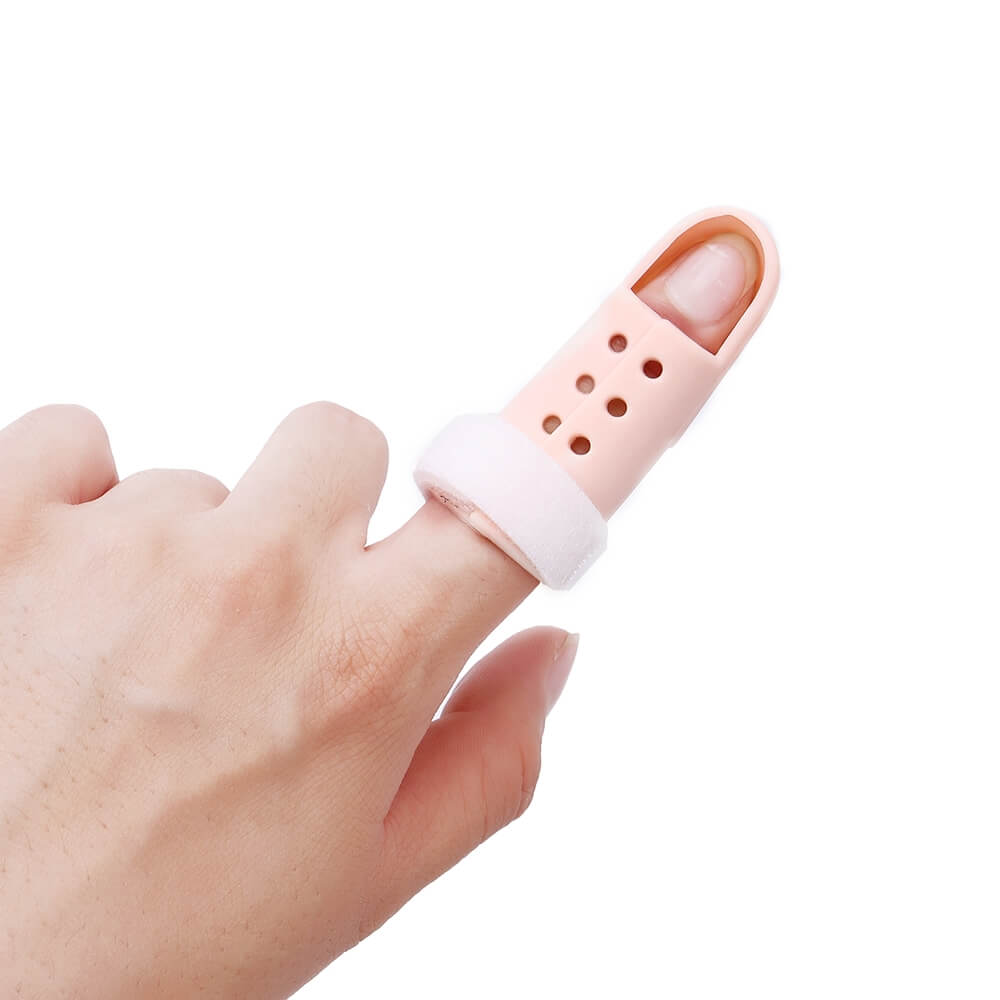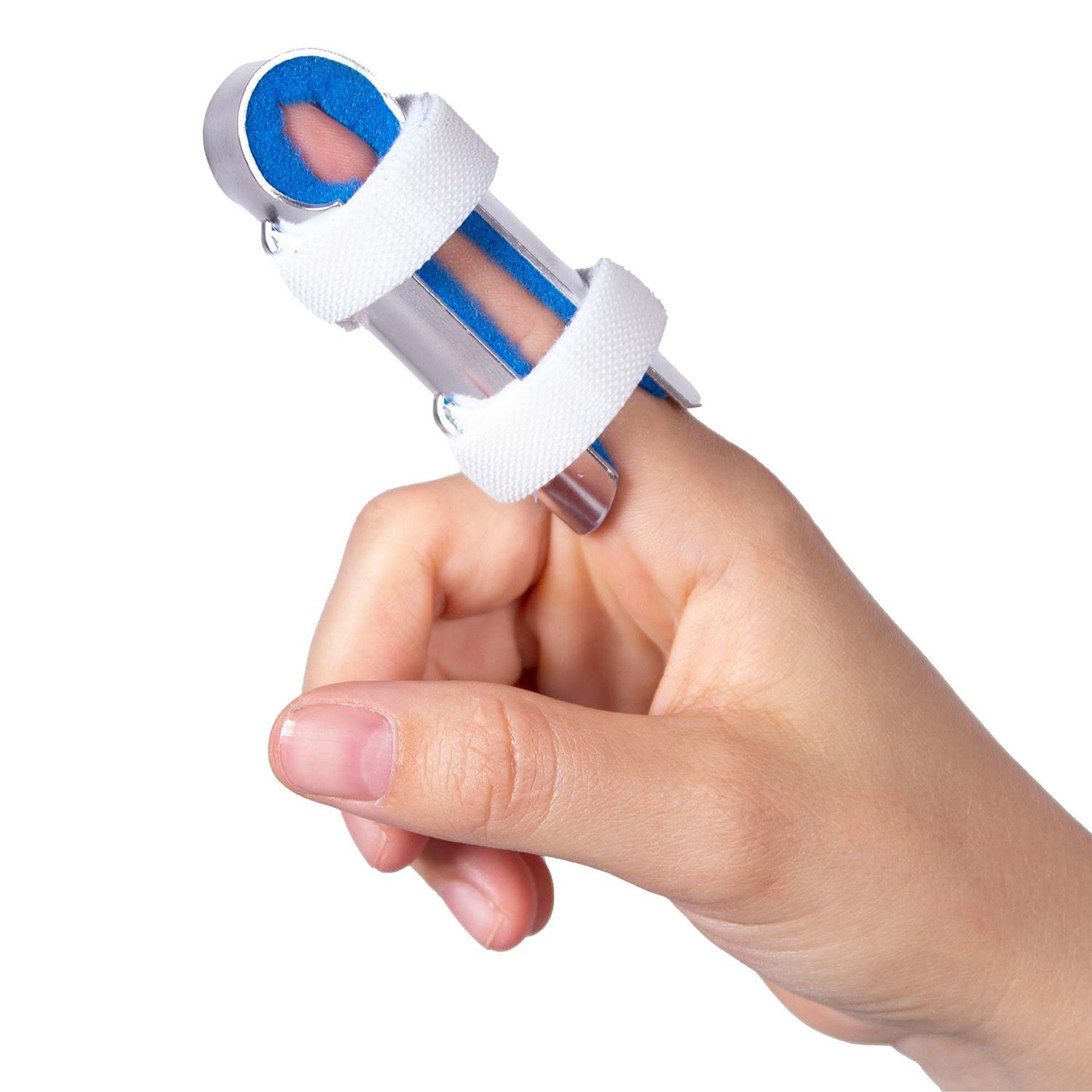A mallet finger can have a significant impact on your work, especially if you have a job that requires you to work with your hands a lot. We will provide further information on exactly what a mallet finger is, what treatments are available and what you should consider while working.
What is a mallet finger?
A mallet finger is an injury to the tendon that bends the fingertip. The tendon becomes detached from the bone at the end of the finger, preventing the fingertip from bending. This is often caused by a direct blow to the tip of an extended finger. It is a common sports injury, most commonly seen in football, basketball and volleyball.
What causes a mallet finger?
A mallet finger can be caused by a sudden impact on the fingertip, such as when you catch a ball with your fingers or when you bump your finger against a hard object. The injury can also be caused by chronic overuse of the finger, such as playing certain sports or occupations in which you use your hands a lot.

What symptoms occur?
There are several symptoms that can occur with a mallet finger. We list the most common ones The symptoms of a mallet finger are:
- Pain in the fingertip
- Inability to bend the fingertip
- Swelling in the fingertip
What treatments are available?
The treatment of a mallet finger depends on the severity of the injury. In most cases, the finger can be treated with a splint. The splint is worn to keep the fingertip in a flexed position, allowing the tendon to heal.
If this does not work sufficiently, surgery may be necessary to repair the extensor tendon. During surgery, the finger is locally anaesthetised and a small pin is inserted that ensures that the joint cannot be bent for 6 weeks. After this period, the pin is surgically removed again and physiotherapy is started so that you can regain full use of your finger.
Mallet finger and working
When you have a mallet finger, it is important to limit the use of your finger to promote healing. This can be difficult if you have a job that requires a lot of use of your hands. However, it is very important not to use your finger at all for six weeks. So look carefully to see if it might be possible to adjust your workplace and work routine to spare your finger.
The following are some tips for working with a mallet finger:
- Use a protective glove or splint to support your finger.
- Take regular breaks to rest your finger.
- Avoid activities that may strain your finger, such as heavy lifting or pressing.
If you experience pain or discomfort while working, contact your treating doctor.

Can a mallet finger be prevented?
You cannot prevent it completely, but there are a number of things you can do to reduce the chances. We list them for you below.
- Use protective gloves when performing activities that may put strain on your hands.
- Avoid bumping your hands against hard objects.
- Strengthen and stretch your hands regularly.
Need more information?
We can imagine that after reading this article, you may have questions about a mallet finger. We recommend that you contact our customer service team in that case. Our team consists of enthusiastic professionals who will be happy to answer all your questions. They can be reached by phone, email and live chat.








